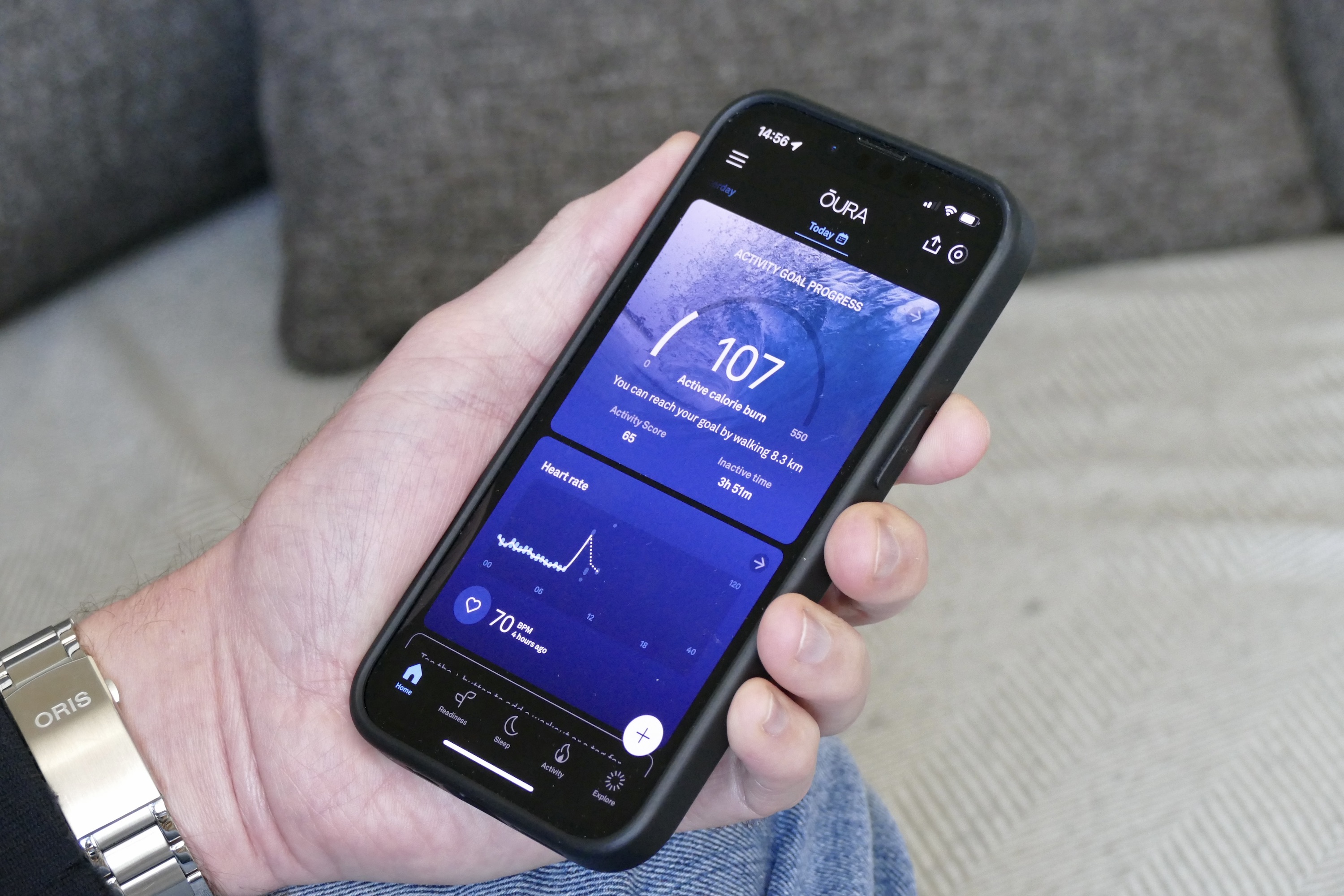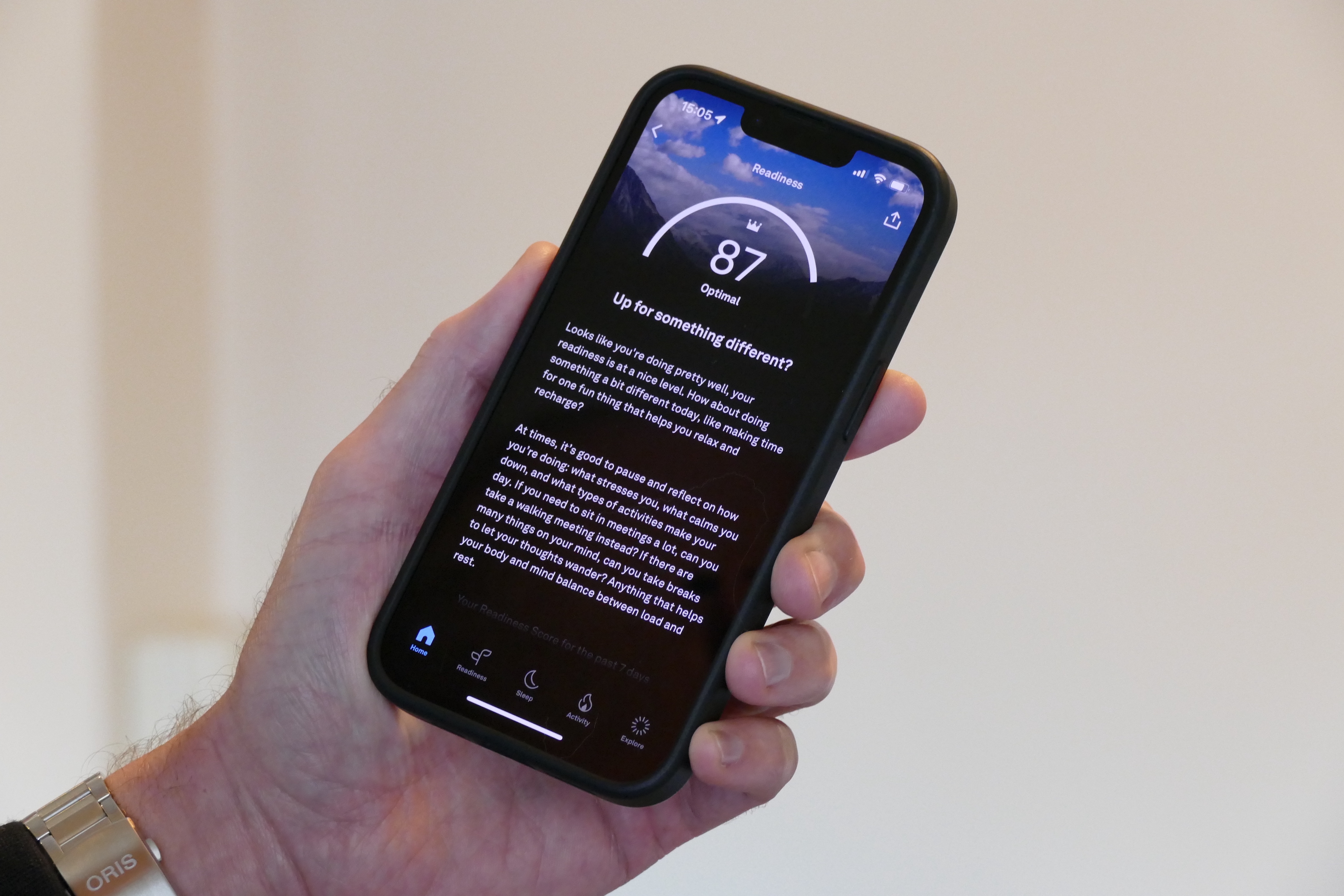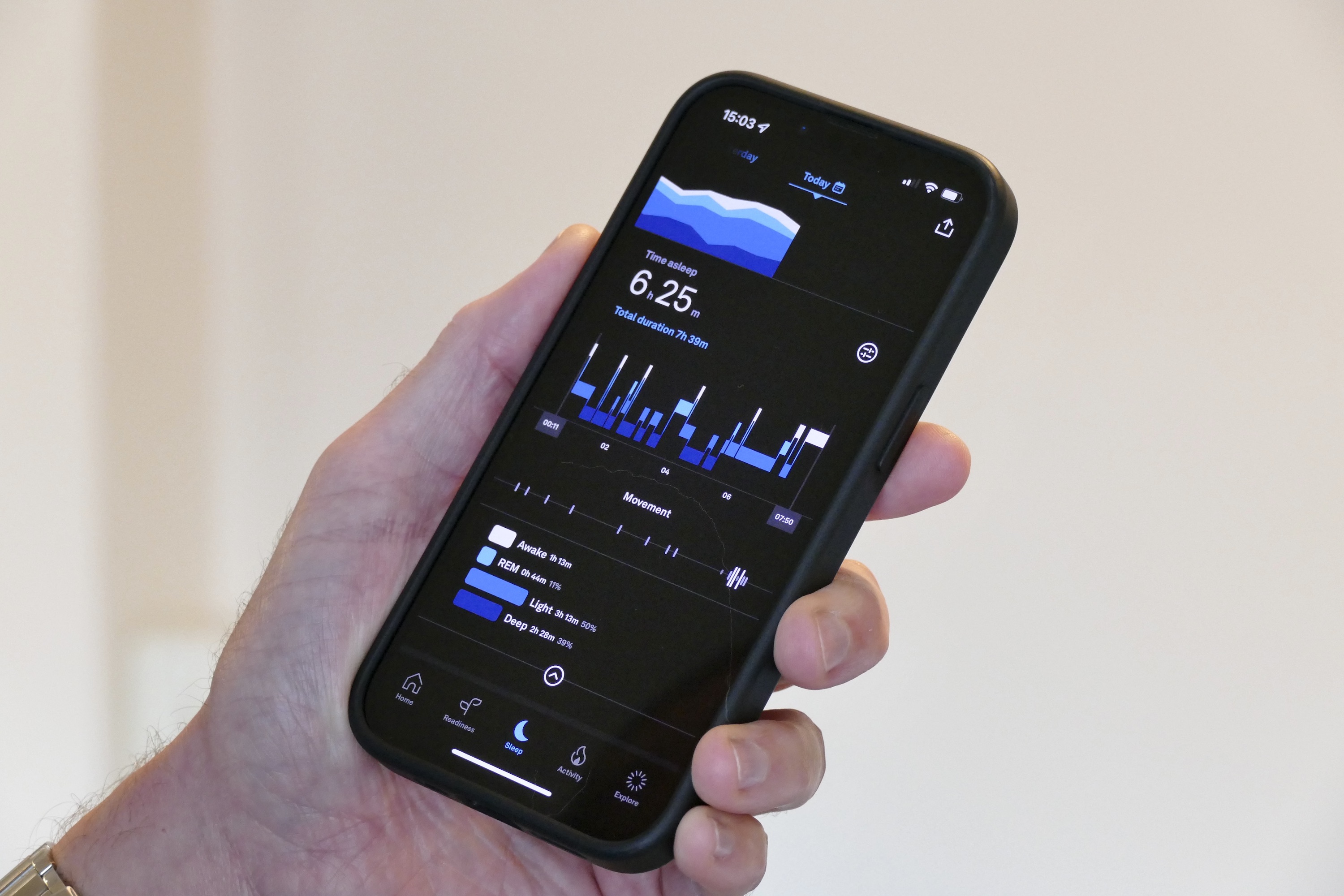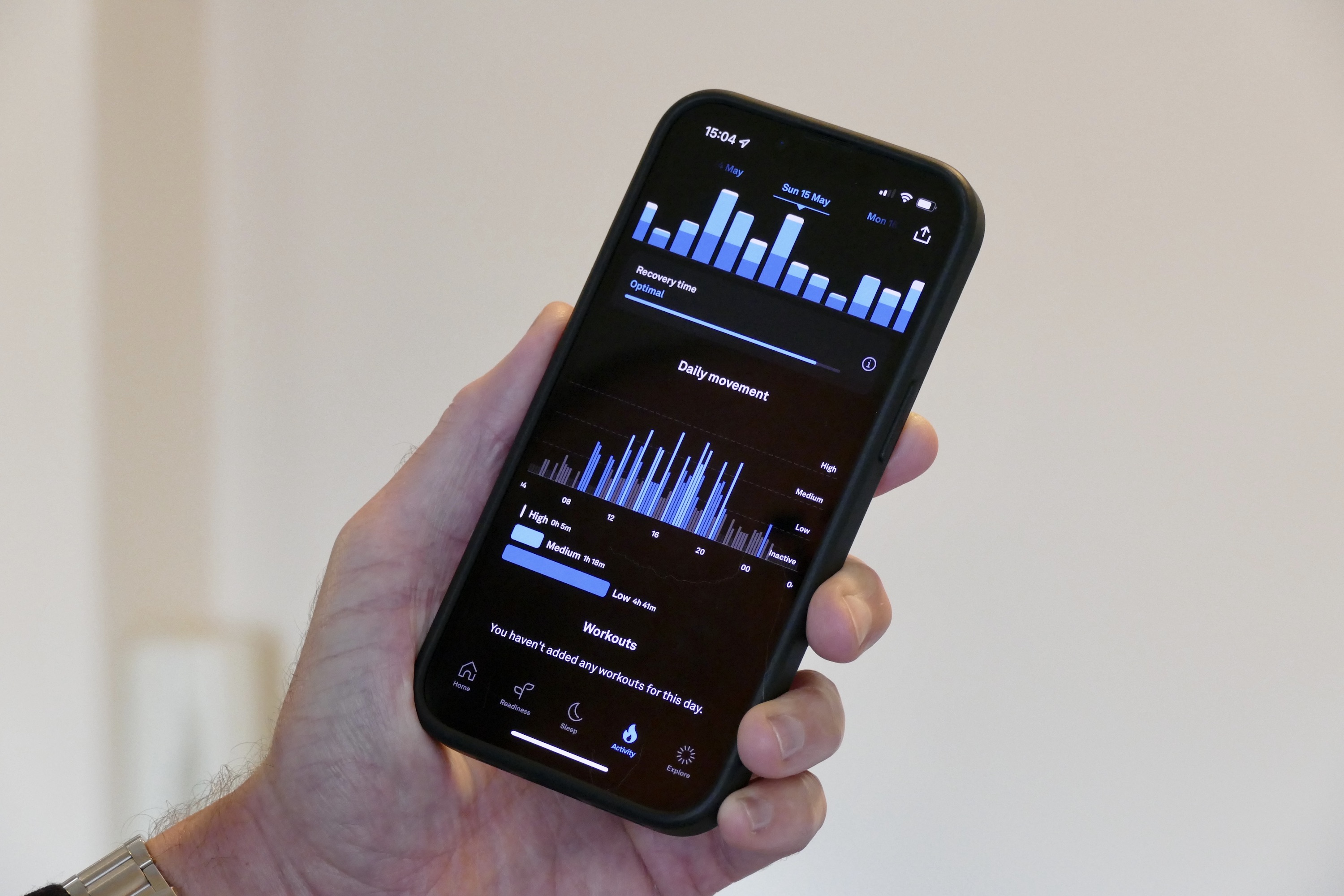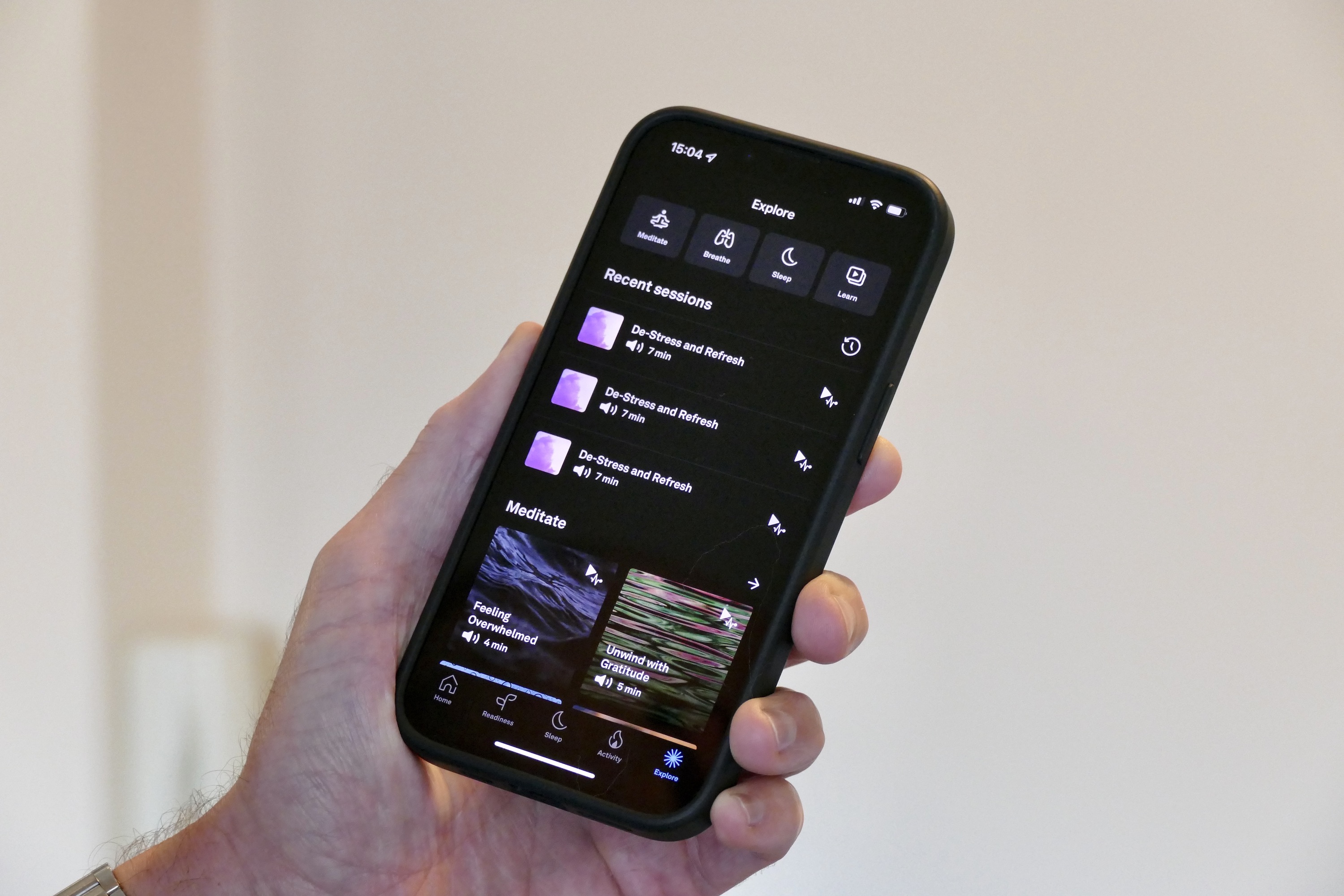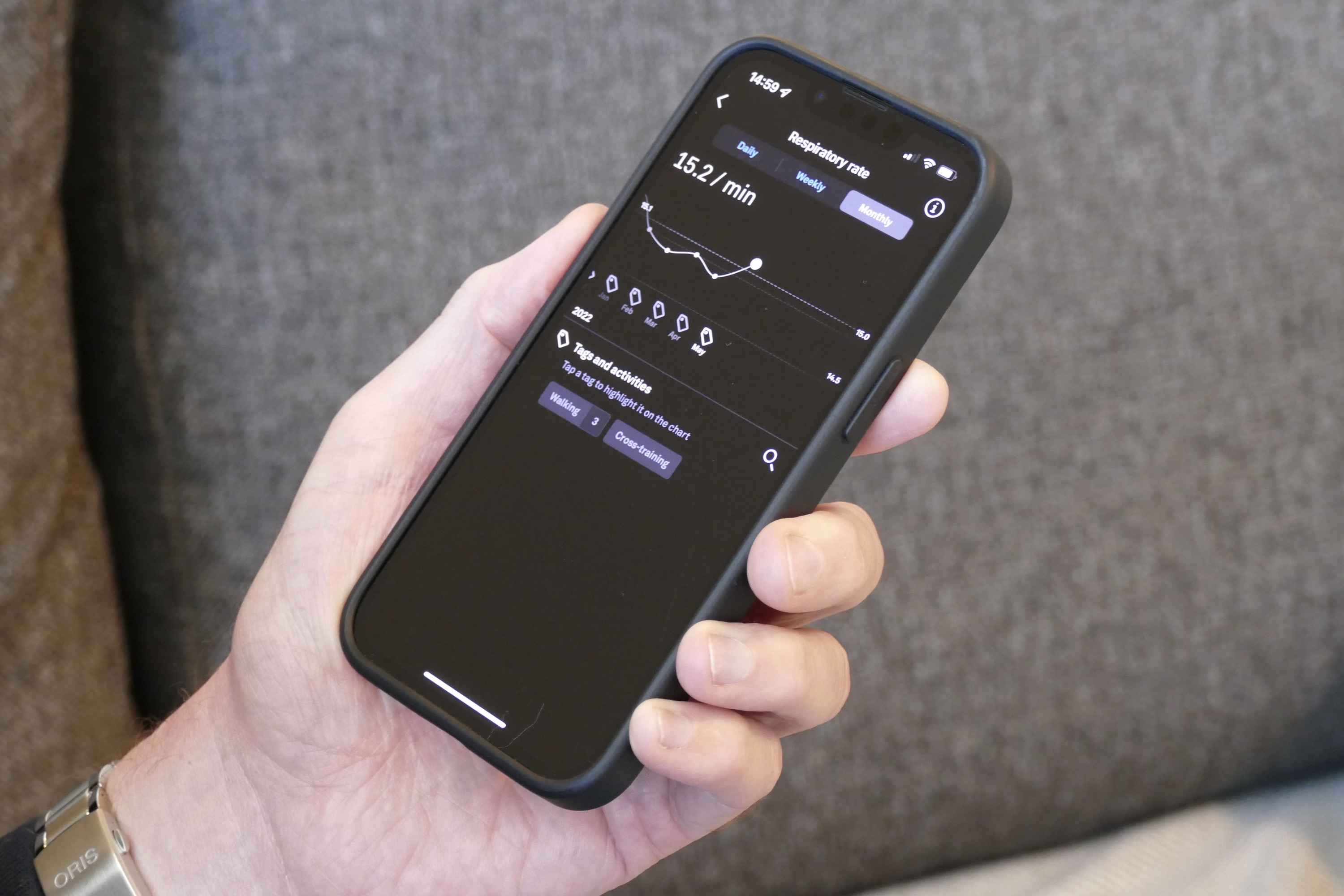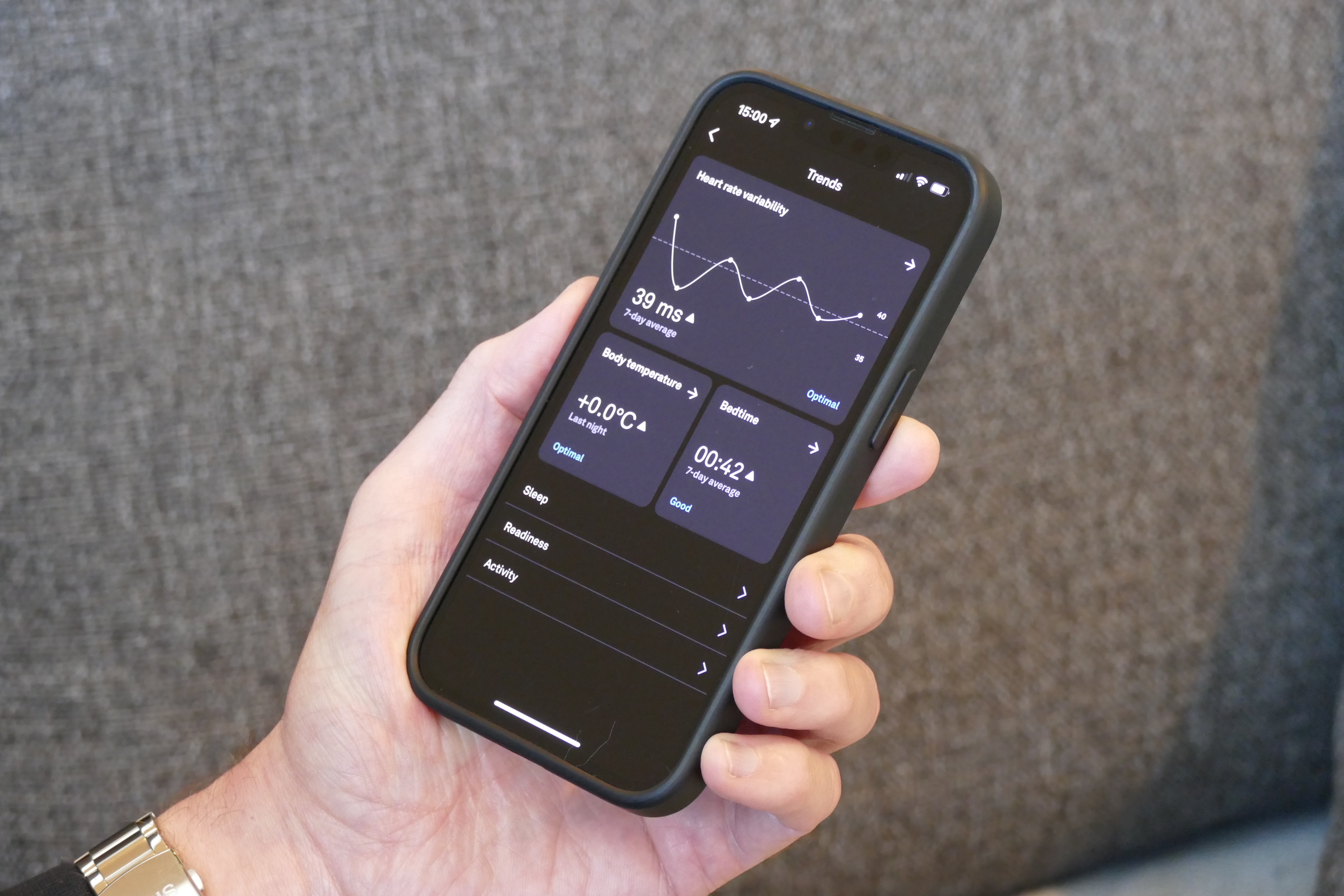Out of every piece of wearable technology I’ve ever owned or reviewed, the Oura Ring has been the one I have worn most consistently. In fact, I have almost a year’s worth of unbroken historical data logged in the app, and that’s more than I have for the Apple Watch, my other preferred piece of wearable tech.
While I have a year’s worth of data, six months of this has been with the most recent third-generation version of the ring, making it a good time to revisit why I’ve barely taken it off. However, while I love the Oura Ring now, I don’t know how much longer that will continue.
Part of me
I’ve become entirely used to wearing the Oura Ring. When I first started using the second-generation model I hadn’t worn a ring for years due to not finding them very comfortable, and was slightly concerned the Oura wouldn’t last long. I was completely wrong. The third-generation ring shares the same design and dimensions, and with correct use of the sizing kit before you buy the ring itself, the fit is perfect.

I wear it day and night and have never found it annoying. I sized it with a little room to spare, ensuring it’s not too tight even when my finger is hot. It’s a little loose for this reason, but it has never come close to slipping off accidentally. The overall look has grown on me too. For the third-generation model, I chose gloss black over the matte Stealth model, and much prefer the way it glints compared to the rather flat Stealth look.
It also seems to be more durable. The second-generation model in the Stealth finish picked up a few unsightly chips over the six months I wore it, and while they weren’t very obvious, I could see them and it did ruin the appeal. The glossy third-generation ring still looks pristine after about the same amount of time. It can pick up greasy marks, but I’m really nitpicking.
The times I do take it off
Wearable tech has to be worn if you’re to get any benefit from it. The Oura Ring doesn’t take up valuable wrist space so I can wear my watch of choice with it, while not resorting to double-wristing, so it’s really convenient. It’s inconspicuous too, with most people seeing it and passing it off as nothing but a piece of jewelry. I wear it and most of the time forget it’s there, but when I do catch a glimpse of it, I still think it looks great. It’s everything I want from a piece of wearable tech.

When do I take it off? I don’t wear it at times where I think it may be a safety issue, or when I’m doing things that wouldn’t take kindly to being scratched. For example, I take it off for intensive manual work, as I don’t want it getting caught on anything, and I don’t wear it to wash my cars. Wearing it when exercising is fine, but it does depend on what you’re doing. I find it gets in the way when I’m gripping a dumbbell, but not uncomfortably so. I wear it on my middle finger, and it may vary depending on your finger of choice.
I also take it off to charge, but unlike most other products, keeping the Oura Ring’s battery topped up is effortless. A few times a week after waking up, I place the Oura Ring on its charging plinth while I shower. I’ve found that 20 to 30 minutes a couple of times a week is all it needs to continue working without interruption or needing a full charge. Forget to do so and the battery will last for about seven days before the app alerts you to charge it up.
Valuable data
If I’ve got all this data from wearing the Oura Ring for a year, what does it tell me? Oura breaks the data it collects into three categories: Readiness, Sleep, and Activity. Each uses a combination of numbers and graphs to show your current status and it’s very easy to follow. Although the data is quite dense, in that there are plenty of parameters, it’s logically and clearly laid out, so it’s easy to follow and digest.
The Oura Ring is most effective for monitoring sleep. It provides a total sleep score for each night’s rest, along with crucial data on duration, heart rate, and heart rate variability (HRV). Dig deeper and trends show any changes, and there are individual sections that alert you if anything has changed from your normal sleep routine overnight. When I had a reaction to my Moderna COVID-19 vaccination, the Oura Ring caught my body’s temperature change, the alteration in HRV, and my heart rate.
It’s great for sleep tracking, but unfortunately the promised update to include blood oxygen (Sp02) sensing still hasn’t arrived, and neither has the advanced sleep staging algorithm. At the time of writing, Oura has announced the workout heart rate feature is ready, but it has not arrived on my Ring yet. There are no fixed dates for any of these new features, all of which were announced with the third-generation ring in 2021.
Oura has added an Explore tab to the app, which is filled with meditations, mindfulness sessions, and relaxing soundscapes. I’ve used them a few times, but they haven’t kept me coming back. I’d have rather seen the sensor updates arrive sooner, instead of the effort put into the Explore tab.
What are the downsides?
The Oura Ring itself has few downsides outside of the fairly high $300-minimum price,. The missing update for sleep staging is unfortunate, as the ring still insists that I am waking up during the night when I really don’t think I am, and it also underestimates my REM sleep stage compared to other wearable sleep-tracking devices I use. The daytime step count varies too, but not drastically. Overall, it’s as accurate and trustworthy as any other wearable.
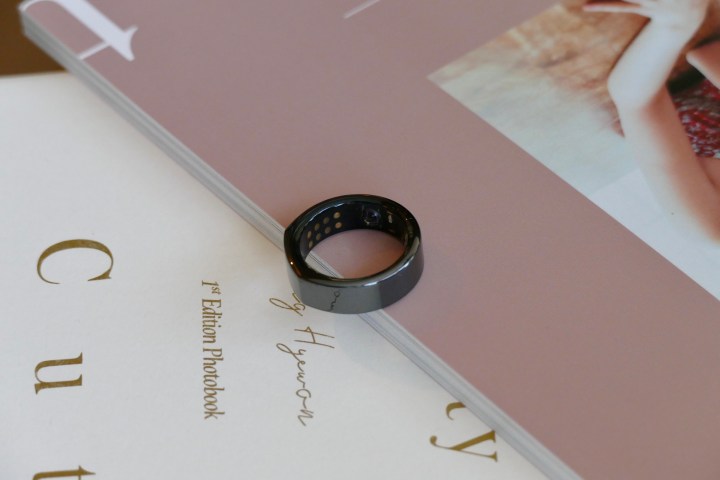
However, I don’t know if my access to the Oura Ring’s interesting and helpful data will continue forever, and it’s a serious concern. The company announced the Oura Membership plan with the third-generation model. It’s a subscription package costing $6 per month, but is free for the first six months of ownership. If you don’t pay up, you will only “see your three daily Oura Scores, ring battery, basic profile information, and app settings.”
That’s not a lot of data for for a $300 product to deliver. Of course, Oura will argue that because I find the data helpful, paying a small monthly fee should be acceptable. Unfortunately, this logic doesn’t apply when I can wear my Apple Watch Series 7 and get just as much data (and more functionality) for no additional charge. Worse, there doesn’t seem to be any additional benefits to paying — you’re simply having the currently free features snatched away until you pay for them.
Subscriptions are a hateful business model for a wearable device, especially one as expensive as the Oura Ring.
Is it still a recommendation?
It leaves me with quite a dilemma. The Oura Ring is, without a doubt, a fantastic piece of engineering and a great example of innovative wearable tech. I like it a great deal, and would have no problem recommending it were it not for the subscription package. It makes the buying decision quite hard because after six months, if you don’t pay for the monthly subscription, it’s going to become very, very basic indeed.
It effectively means the Oura Ring costs $336 for the first year, and $72 each year afterwards, for nothing extra than you experienced during the first six months. Perhaps you’re fine with that, but I question the value when I can pay once for an Apple Watch Series 7 or a Samsung Galaxy Watch 4 Classic, and have more functionality.
Oura has already given out a three-month extension to anyone who already has a third-generation Oura Ring, but time is ticking away, and it won’t be long before I’ve got to decide if I am going to pay for it each month or not. That’s not a good feeling to have about any product, and even worse when some promised updates have still not arrived.
Oura still has time to change what the subscription package includes and what nonpaying owners can enjoy, or even decide to drop it altogether, but for now, if you’re tempted by the Oura Ring, it’s the one major aspect you should really take your time to consider before buying one of the existing models, or even the new Oura x Gucci version. It’s all a bit of a shame, because this excellent smart ring is being held back by uncertainty and the fact you’ll have to pay more to use it down the line.
Editors' Recommendations
- One of the biggest Oura Ring competitors just did something huge
- The Oura Ring has a hidden mode that every other wearable needs
- Nothing can stop the Oura Ring
- I’m replacing my normal glasses with smart glasses. Here’s why
- It just got a lot easier to buy the Oura Ring
